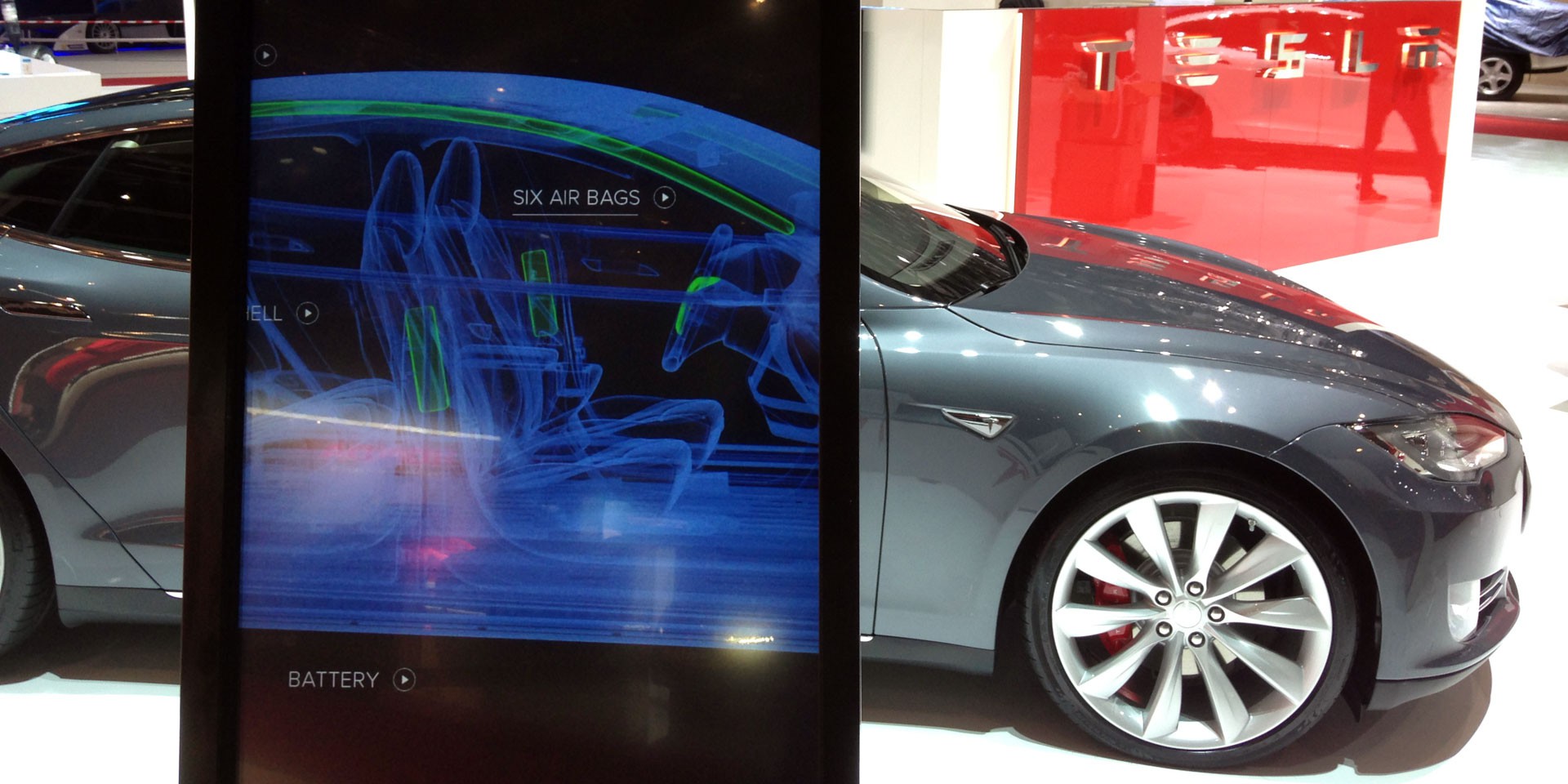
Last year, we reported that Tesla’s Chief Information Officer Jay Vijayan quietly left in January 2016 and his position stayed mostly vacant until now.
Gary Clark, who was IT CTO and Engineering CIO at Juniper until recently, joined Tesla over the last month to take over the automaker’s IT department.
Several of Tesla’s top IT executives and managers left last year. After Vijayan, who was credited with creating the automaker’s ERP system, called Warp (like Warp Drive), left in January, Guru Sankararaman, Vice-President of IT Infrastructure and Operations, also followed.
They are now both listing as having co-founded a startup in stealth mode on their respective LinkedIn profiles.
Ganesh V. Iyer, who also came to Tesla from VMware like Vijayan, took over as acting CIO, but it only lasted a few months since he left in May to join electric vehicle startup NIO as CIO and Head of Global Digital Operations.
Those departures gutted Tesla’s IT leadership and therefore, Clark’s arrival should be welcomed.
Clark is coming from Juniper Networks. Longtime Juniper CFO/COO Robyn Denholm (now retired) sits on Tesla’s Board of Directors.
Before joining the networking security company in 2011, Clark had a long career at the logistics company DHL where he held several leadership positions in the IT department from 1994 to 2007.
His background in the logistics business should prove useful at Tesla where the company is aiming for the IT department to create tools to manage the entire business from engineering to service.
Vijayan discussed what pushed them to develop their “Warp” system in-house during an interview with CIO Insight in 2014:
“Elon’s vision is to build a vertically integrated organization where information flow happens seamlessly across departments and where we have a closed feedback loop to our customers. By doing this, we can provide the best possible product, service and overall experience to our customers in the fastest way possible, while also operating efficiently as a business.
To bring this vision to life, we had to have simple and central business operations software that could connect all departments and enable information flow seamlessly across departments. Again, we couldn’t find one software program in the market that satisfied this need.”
The system has reportedly also been developed/used by Elon Musk’s other company, SpaceX. There has been more collaboration between Tesla and SpaceX beyond sharing a CEO. Other top employees have held dual roles at both companies, like when Musk hired Apple’s alloy expert to lead materials engineering at both Tesla and SpaceX.
The rocket company also transferred novel welding techniques and equipment to Tesla.
Electrek has learned that they are now further collaborating on creating a new enterprise engineering system to be used across the companies next year. Because the engineering tools that can help you land a rocket booster after launching a satellite into orbit (like the spectacular landing pictured above) should be equally useful in making cars and batteries.
Tesla has been investing a lot in IT platforms over the last year to support its growing workforce ahead of the upcoming launch of the Model 3. We reported last year that the company has also been working on an end-to-end workflow system across the organization with a focus on “product platform, engineering and manufacturing efficiency, small teams and IT”, according to a presentation by Tesla Director of Engineering Applications Paul Lomangino obtained by Electrek.
Featured Image: Tesla X-Ray developed by Super Uber for the Geneva Auto Show in 2014
FTC: We use income earning auto affiliate links. More.






Comments